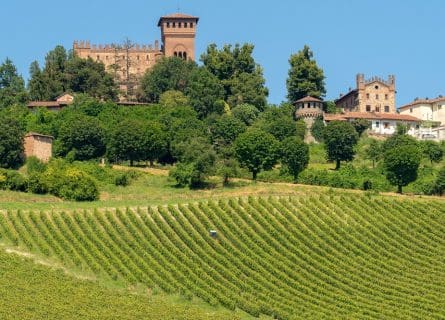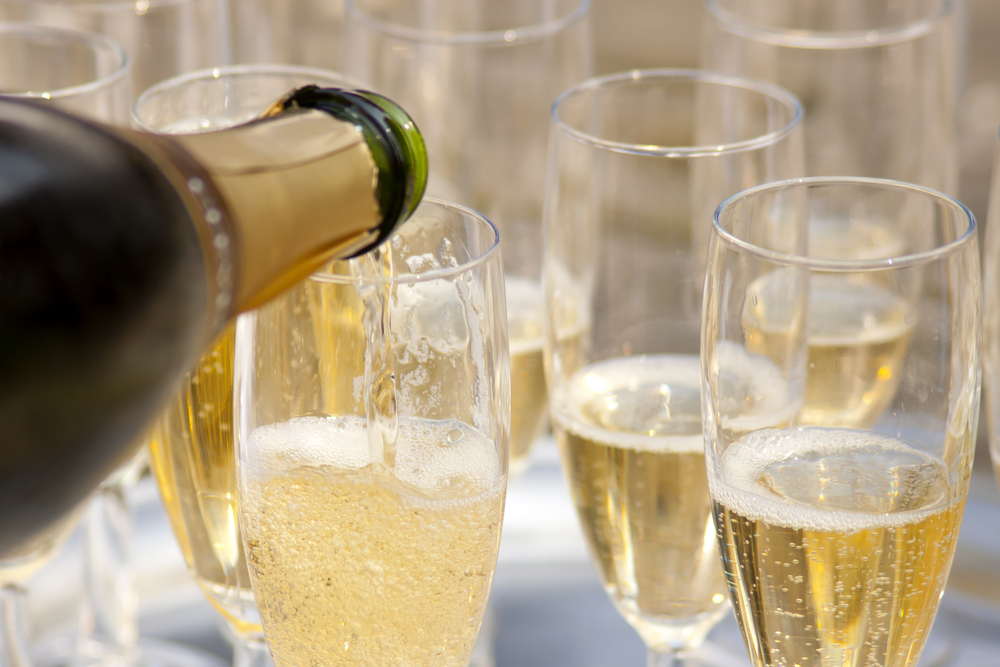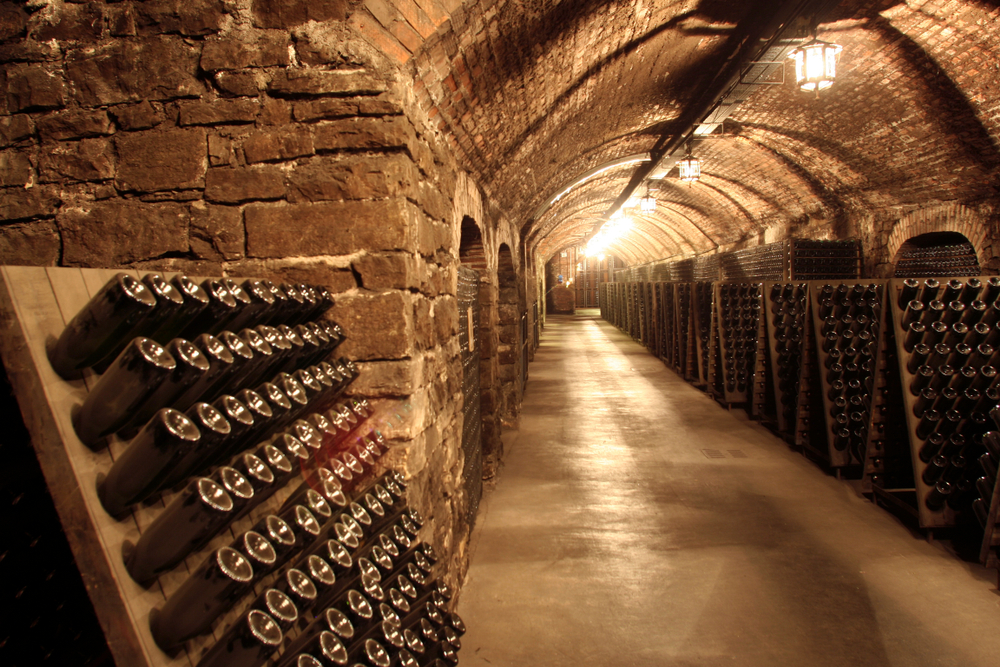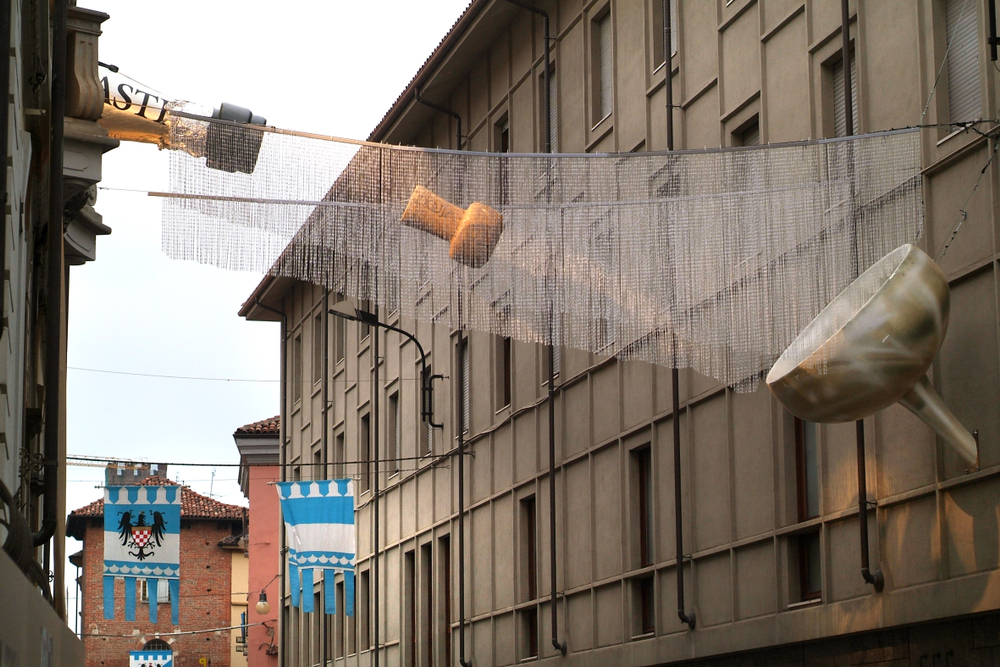
Cortese grape variety: Jewel of the north
November 24, 2022
Discover the hidden gem of Italian white wines: the Cortese grape variety. Learn about its unique flavors and find out why it's gaining popularity.
By: James lawrence / Last updated: June 5, 2025
Estimated reading time: 8 minutes
A leading winemaker once told Cellar Tours, “Italy is one of the great unsung heroes of the sparkling wine world.” Such a statement warrants intense scrutiny; yet, there is undoubtedly some truth to the idea that Italy deserves to be better known for its often underappreciated sparkling wine styles. This gorgeous country has no ‘cut and paste’ Champagne designation, but several appellations come remarkably close.

Today, over 90 DOCs (Denominazione di Origine Controllata – Italy’s equivalent of the French AOC system) are theoretically entitled to make sparkling wine. Yet only one designation has, thus far, really stolen a march with consumers. Prosecco, a tank-fermented sparkling wine style from northern Italy, can be found on every continent. Consumers worldwide have heard of this incredibly popular fizz from Tokyo to New York and London to Lima. Many drinkers adore Prosecco’s floral and pear drop flavors, soft texture, and moreish quality. Moreover, it is affordable and readily available – what is not to like? Of course, its detractors are always queuing up to deride Prosecco; it is undeniable that even the best examples cannot touch Champagne for ageability, complexity, and depth of flavor.
However, describing Prosecco as a monolithic sparkling wine category is equally unfair. The wine is always based on the Glera grape, but the geographical differences encourage a diversity of styles – from easy-drinking, off-dry fizz to more structured and savory examples. Moreover, the wine can be produced in a vast geographical area, encompassing Veneto, Friuli-Venezia Giulia, and Treviso, which has a separate appellation, as well as the highly regarded Conegliano Valdobbiadene Prosecco Superiore DOCG. At the top of the quality tree lies Superiore di Cartizze, a renowned terroir in Italy, famous for its creamy and subtle interpretations of the Glera grape. The beautiful and striking Cartizze hill is a marvel, fully deserving of its status as the ideal place to grow Glera. It proves that Prosecco is not simply ‘forgettable fizz,’ suitable for summer quaffing if little else.

But for just a moment, let’s focus on lesser-known examples of Italian sparkling wine. Have you discovered Franciacorta? We promise you’ll love it; the region is far smaller than Champagne, producing less than 14 million bottles per annum. But in terms of quality, Franciacorta has few peers. At blind tastings, the quality of the best wines always shines, with critics repeatedly asking for assurances that they’re not drinking Champagne. The blend is often close to the Champagne model, mixing Pinot Noir, Chardonnay, and a smaller percentage of Pinot Blanc. However, stylistic differences clearly distinguish them: Franciacorta is often more vinous and rich, with an exotic ripeness that Champagne typically lacks. Yet there is refinement, structure, and ample acidity in the best years and from the best producers.
The vineyards of Franciacorta are located in northern Italy, situated on hilly slopes near Lake Iseo in the Brescia province of Lombardy. The soils are extremely varied, but all vines benefit from the chain of hills, which protects the valley from southern winds. The warm and dry summers typically produce base wines with more body and weight than those of Champagne. However, due to winemaking differences, a varied palette of styles is available to choose from. By law, Franciacorta must be produced using the traditional method – secondary fermentation in bottle – and aged for a minimum of 18 months before disgorgement. Our favorite style is Saten: produced from 100% white grapes, Saten is made with less pressure than is typical in Franciacorta. The results are silky smooth, racy, and impeccably balanced—a match for any top Blanc de Blancs prestige cuvee.
But to whom do we owe thanks for this splendid and, unfortunately, still under-appreciated sparkling wine? Franciacorta was awarded DOCG status as recently as 1995; however, the first fizz in the region was made by Franco Ziliani in 1961. Working for winemaker Guido Berlucchi, Ziliani inspired wealthy entrepreneurs Maurizio Zanella and Vittorio Moretti to take the Franciacorta brand to new heights. Their prestige labels remain the pinnacle of superlative Franciacorta; cuvée Anna-Maria Clementi has been compared to Cristal. It is the luxury offering from Ca’ del Bosco and every bit the equal of Louis Roederer’s legendary brand.
Discover more about the Sparkling Wines of Franciacorta
Nevertheless, competition for the title of northern Italy’s finest fizz is growing. The area of Oltrepo Pavese in Lombardy received a designation for sparkling wine in 2007, while TrentoDoc in Trentino has gone from strength to strength. Today, over 30 wineries produce TrentoDoc, offering more than 70 different labels. The blends often mirror those of Champagne, with higher acidity and degree of freshness than is typically found in Franciacorta.
Delve Deeper into Trentodoc Sparkling Wines
San Leonardo, a historic property based in Treviso, has also entered the sparkling wine business. In 2019, the producer released its first traditional-method sparkling wine, a Blanc de Blancs, which underwent three years of maturation on the lees. This foray is a testament to how popular traditional method wines are becoming across Italy, as patriotism lures in wealthy consumers and encourages them to swap Champagne for domestic brands. Indeed, many farmers in Trentino are replacing local red grapes with varieties suitable for producing sparkling wine. Most examples are Charmat styles – tank-fermented sparkling wine that does not undergo bottle aging.
However, the San Leonardo Blanc de Blancs is an excellent, ‘Champagne style’ wine. It will undoubtedly inspire others to follow their lead. While the volumes of traditional methods are bubbly and pale compared to Prosecco, the dual messages of quality and diversity are slowly disseminating across the world’s restaurants and merchants. It was once almost impossible to find Franciacorta outside of Italy, but the tide is shifting.

Asti and Moscato d’Asti
At the opposite end of the sparkling spectrum are Asti and Moscato d’Asti. Two delightful styles that Italy has made its own. There are similarities and massive differences: the grape (Moscato) and regional boundaries in Piedmont are the same. However, Asti is a sweet, fully sparkling style, whereas Moscato d’Asti has a lower alcohol content, less pressure, and a higher sugar content. The volumes are also a world apart – Asti is undeniably a bulk product, manufactured in industrial conditions with millions of bottles released to an eager audience. At its best, Asti is light and racy, the perfect aperitif for those who abhor dry styles. At its worst, imagine an utterly forgettable and amorphous glass of fizz.
Asti is made from 100% Moscato, grown in 53 sub-areas throughout Piedmont—home to Barolo and Barbaresco, as well as Moscato d’Asti. Although Asti and its counterpart can be made from the same grapes, the latter tends to have more pungent aromas due to the lower CO2 and alcohol content. Moreover, the high sugar level means that Moscato d’Asti is wasted as an aperitif—it cloys on the palate and spoils the anticipation of a savory meal.
The niche for these feather-light, floral, and spectacularly fragrant wines is after the main event. Sauternes are often touted as the ultimate dessert wine, yet they are usually overwhelmed by their delicate flavors. Instead, try pairing a rich pudding with Moscato. The high amount of sugar ensures that it will form a harmonious marriage with the Tarte au Chocolat on your plate, rather than one party subjugating the other.
But above all, serve Moscato d’Asti in its youth. It is a wine style that rarely, if ever, benefits from bottle age. Maintaining those lovely, fragrant, fresh aromas is key – age withers and destroys everything wonderful about Italy’s unsung hero of sparkling dessert wine. And so, again, Italy proves that it has covered all the bases. Both new faces and established growers are confounding expectations, producing a mosaic of styles that out-rank France in terms of flavor diversity. It’s time to get the message out – Prosecco is merely the tip of a very large iceberg of quality-led Italian sparkling wine.
If you would like us to customize an exclusive luxury tour, contact us and let us know your travel plans. We offer luxury food and wine tours for private groups of a minimum two guests. In addition, all of our private, chauffeured tours are available year-round upon request.

